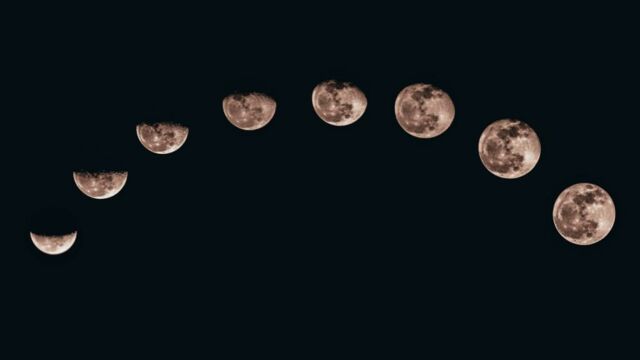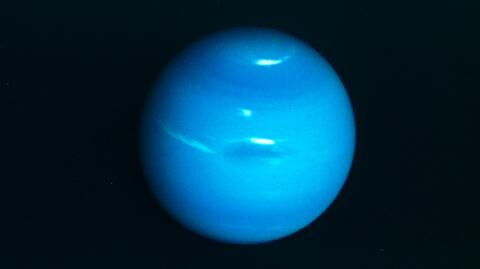It's official: the Moon's inner core is in fact a solid ball with a density similar to that of iron. The result of this study could well settle a long-running debate: is the Moon's inner core solid or soft? The answer will shed light on the Moon's history and, by extension, that of the solar system.
Discover our latest podcast
The Moon has a solid core
Fifty years after Apollo 11 paved the way for the first studies of the Moon, a team of scientists from the Géoazur laboratory (CNRS, IRD, Observatoire de la Côte d'Azur, Université Côte d'Azur) at Sorbonne Université and Observatoire de Paris-PSL have revealed part of its internal structure that had remained a mystery until now: the Moon has a solid core, like the Earth. The team, led by astronaut Arthur Briaud of France's Centre National de la Recherche Scientifique, explains:
Our results challenge the evolution of the Moon's magnetic field by demonstrating the existence of an inner core. These data provide substantial information on the chronology of lunar bombardment during the first billion years of the solar system.
Read more:Earth's inner core has stopped rotating, this is what could happen
Seismic data to open the heart of the Moon
To probe the inner composition of solar system objects, scientists use seismic data: acoustic waves generated by earthquakes travel through, and reflect off, the material inside a planet or Moon. Scientists can then create a detailed map based on this data.
Gathered beforehand by the Apollo mission, the data previously made available was too weak to accurately determine the state of the inner core. There is indeed a fluid outer core, but what it encompasses remained a matter of debate. In their view, the inner core could be either solid or entirely fluid.
The scientists then modelled different types of nuclei to find the one that best matched the observational data.
The study shows that the lunar core is very similar to that of the Earth, with a fluid outer layer and a solid inner core. According to the established model, the outer core has a radius of around 362 kilometers and the inner core a radius of around 258 kilometers. This represents around 15% of the Moon's total radius.
The team also discovered that the inner core has a density of around 7,822 kilograms per cubic metre. This density is very close to that of iron.
Read more:NASA reveals the Earth and the Moon are drifting apart, here's what it means for humans
A study needed to better understand the Moon's history
Shortly after its formation, the Moon possessed a powerful magnetic field, which began to decline around 3.2 billion years ago. Such a magnetic field is generated by motion and convection within the core. The composition of the lunar core is therefore very important in understanding how and why the magnetic field disappeared.
To find out, Arthur Briaud and his colleagues gathered data from space missions and lunar laser telemetry experiments to profile the Moon's various characteristics. These included the degree of deformation due to gravitational interaction with the Earth, variations in distance from the Earth and density.
According to Arthur Briaud and his team, the recent results provide a strong argument in favor of a lunar core similar to that of the Earth. This discovery could hold the key to explaining the Moon's evolution.
Given that humanity hopes to return to the Moon in the relatively near future, we may not have long to wait for seismic verification of these results.
Read more:NASA wants to build houses on the Moon, and this is what they may look like (VIDEO)
This article has been translated from Gentside FR.
Source used:















